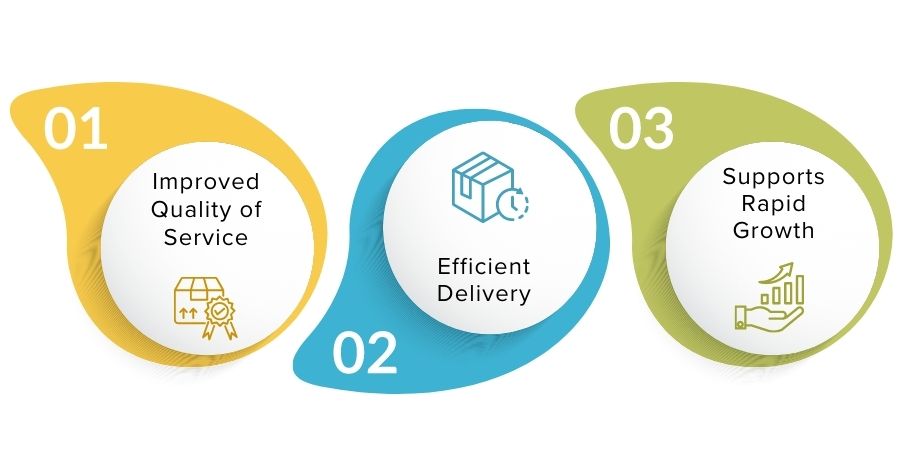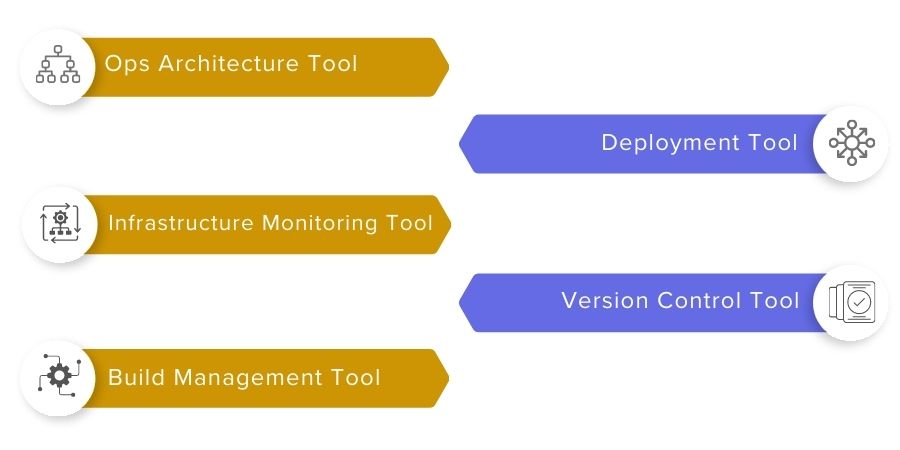
DevOps is one of the most talked about terms in tech today. But what does it mean, and how can you ensure that your business takes advantage of it? This blog post will give you an overview of what tools can do for your business. You will be on your way to success when using DevOps in your organization.
What is DevOps?
DevOps is a software development method that integrates the efforts of systems administrators, developers, and IT managers. It aims to improve communication and collaboration between these groups, reduce the time required to deploy new applications, and improve reliability and security. DevOps is commonly used in organizations with large software-based infrastructures, such as banks and telecommunication companies.
DevOps Tools
There are a lot of great tools out there for top-down and bottom-up DevOps, but which one should you prioritize? Here are the best tools for managing your DevOps process:
- Puppet: A puppet is a powerful tool for automating configuration management, software deployment, and performance optimization. It can be used to manage both physical and virtual machines and has a plugin system that makes it easy to extend its capabilities.
- Ansible: Ansible is another automation framework that helps you orchestrate server deployments. It can be used to create custom roles for system management tasks like security configuration and logging monitoring. Ansible also has a powerful provisioning module that makes adding new servers to existing infrastructure easy.
- SaltStack: SaltStack is an open-source platform built on top of GNU Salt Mine (a high-performance stateless cluster orchestration system). It provides administrators with the ability to manage complex infrastructures using simple commands. SaltStack also includes modules for automating server provisioning, load balancing, and fault tolerance.
Why Should We Use DevOps and its Tools?
Before the development of DevOps, IT organizations worked mainly in silos. This fragmentation led to slow response times and a lack of coordination between teams. DevOps was created as a way to break down these barriers between developers, testers, operators, and data scientists. Here are a few key reasons why businesses should use DevOps tools and practices:
- They can help accelerate the development process.
- DevOps tools can help manage and monitor the software development process more effectively.
- DevOps tools can help improve communication between developers and managers, ultimately leading to better and more efficient software development outcomes.
Assemblies of DevOps
The DevOps movement is gaining momentum, and with good reason. It provides a holistic, integrated approach to software development and delivery that can result in improved overall reliability, quality, and agility. In terms of reliability, for example, automated deployments can reduce the number of errors made during software updates or new code installations. Quality can also be improved by using automated testing and continuous integration/continual deployment (CI/CD) practices. Agility is also enhanced through automation since it can speed up the process of building new features or fixing existing bugs.
However, adopting a DevOps mindset isn't easy – it requires a shift in thinking from traditional developers who are used to working in isolation to more collaborative teams that work together to build code base components. And it's not just about technology – organizations must also make changes to their culture to support.

Benefits of DevOps
Here are the benefits of adopting DevOps:
- Improved Quality of Service: With DevOps, the quality of service can be improved as both developers and operators become more familiar with each other's workflow. This leads to fewer disruptions and improves the overall experience of users.
- Efficient Delivery: By automating delivery processes, DevOps helps to speed up the deployment of new features and fixes into production. This reduces downtime and eliminates wasted time and resources.
- Supports Rapid Growth: With DevOps, companies can grow their businesses rapidly by releasing new versions of software more frequently. This allows them to stay ahead of the competition, which is key in today's competitive marketplaces.

Implementation Process of DevOps Tools
The tools and processes need to be in place to implement DevOps successfully. The following are the essential tools and steps for a successful DevOps implementation.
Toolset:
- Ops Architecture Tool - This helps create an overall blueprint of your system's work, including all the different parts and their dependencies.
- Deployment Tool - This helps automate the process of deploying new software into live environments.
- Infrastructure Monitoring Tool - This is used to track changes in infrastructure performance and availability, as well as system health and security.
- Version Control Tool - This is used to manage changes to code changes and can also be used for tracking bugs and other issues.
- Build Management Tool - This is used to automate the compilation and deployment of applications into live environments.
Conclusion
In this article, an attempt is made to provide a comprehensive overview of DevOps and its tools. By understanding the basics of DevOps, you will be better equipped to take advantage of the many benefits it can offer to your organization. With the help of these tools and techniques, you can increase efficiency and improve communication throughout your team, leading to a successful future.



























 Batoi Corporate Office
Batoi Corporate Office